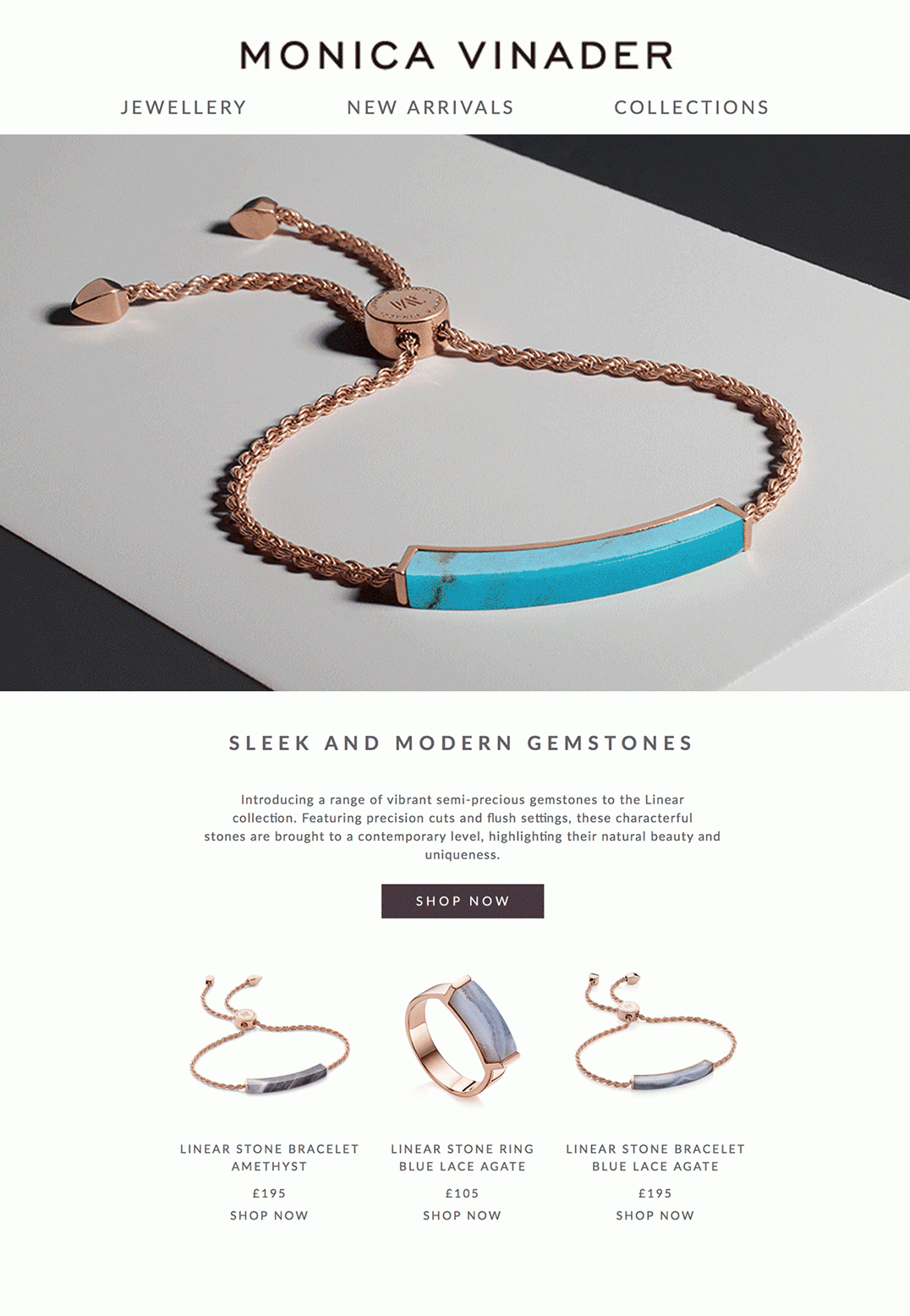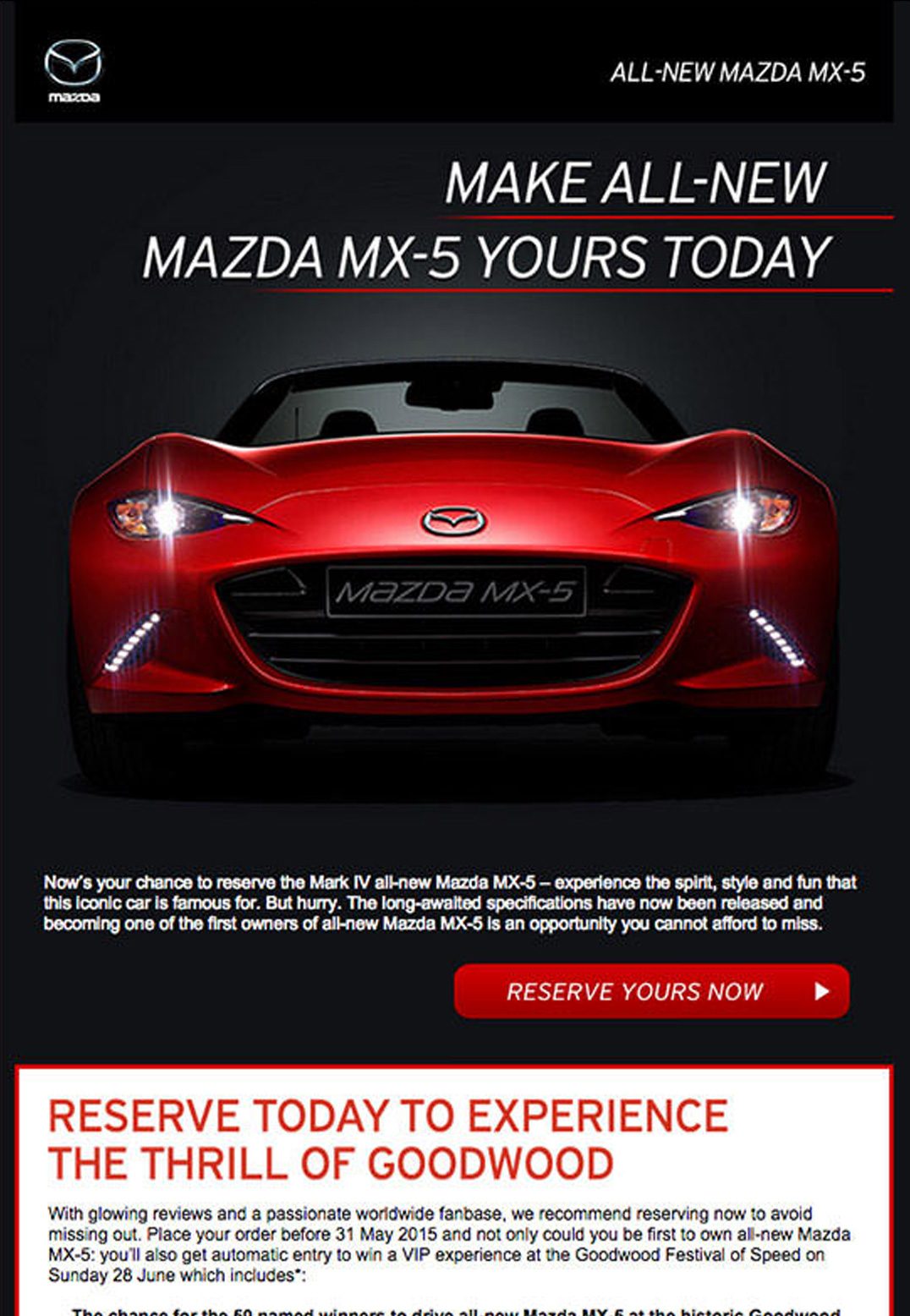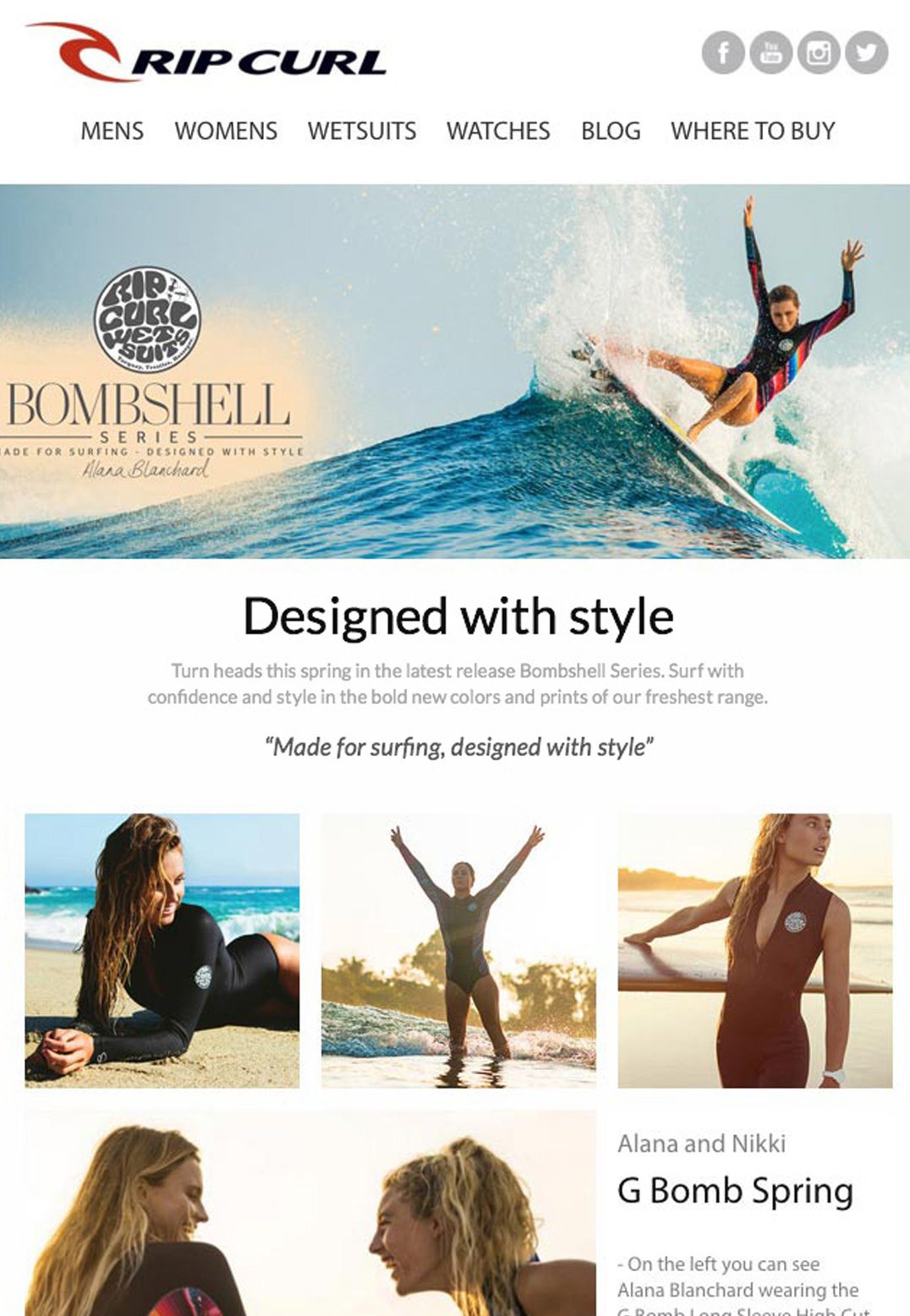The 4 best books on business psychology
While social media and paid search make their way to the frontlines of digital marketing strategies, email marketing remains superior.
Prospects and customers are more likely to interact with businesses that they trust, and brands that trigger an emotion. Today, it is imperative to understand the psychology behind your audience in order for them to descend further down your sales funnel towards conversion.
Business psychology is an important factor in digital marketing and taking the necessary steps to become well-versed in this area will lead you to marketing success.
The 4 best books on business psychology you should read
Here is a list of the four best books on business psychology that will provide the tips and tricks you need to better your current email marketing tactics.
1. Influence: The Psychology of Persuasion by Robert B. Cialdini, Ph. D.
This book was written by Robert B. Cialdini, a professor of marketing and psychology at Arizona State University. In this book, he offers great insight from his experience in business psychology and provides key influencers that help with persuasion. His study is backed up with over 30 years of research and hands-on experimentation.
Here’s a look at some of the tips he covers to improve your persuading techniques:
Giving a reason why
He refers to this as the "weapon of influence." He uses a study conducted by Harvard social psychologist Ellen Langer to prove its credibility. People were more likely to adhere to requests when given a valuable reason.
In Langer’s study, 94% of people allowed a subject to cut in line for the Xerox machine when stating that she was in a rush. On the other hand, only 60% allowed her to cut in line when she neglected to give a valuable reason.
Reciprocation
Providing a small gift or favor results in prospects feeling indebted to you. When you provoke this emotion, they will be more likely to reciprocate.
In the world of business, offering a small gift/favor can lead to more prospects making a purchase. Offering a small discount or additional gift with a purchase can help improve your email marketing efforts.
Social proof
When you find yourself in an environment where you’re uncertain how to act, it is natural to look to those around you for reference. You can apply this idea to your digital marketing strategies just as other industries do.
For example, some pizzerias will place a few dollars in their tip jar to encourage others to do the same, and it works!
Showing proof that others have subscribed to your newsletter or made a purchase from your site can encourage others to do the same.
2. The Inner Winner by Simon Hazeldine
This book was written by Simon Hazeldine, who has a master’s degree in psychology and is a fellow of the Institute of Sales & Marketing Management. In this publication, Hazeldine takes a look at business psychology from a different perspective.
Rather than creating content that caters to your consumers’ psychological status, you can turn the tables and go about it a different way. Business marketing teams should look deep within the company to reflect on what it is they want to achieve.
Hazeldine goes into the many steps you can take to better your performance as a company. Sometimes it’s hard to notice when you’re operating on auto-pilot, but you can avoid this by staying motivated to change the game.
Simon Hazeldine suggests keeping your goals in mind so that you can maintain the clarity you need to achieve marketing success.
3. Thinking, Fast and Slow by Daniel Kahneman
This publication allows you to look at business psychology from a scientific point of view. But don’t get discouraged, Daniel Kahneman makes it easy to understand, even if chemistry class was never your favorite.
Kahneman breaks down the way our brains work into two systems and provides insight into its complexity. He delves into how we look at financial decisions when our emotions are the driving force. This information will significantly help you create the right email content for your readers when you’re steering them towards a purchase.
Everyone is very practical with their money, so you have to be sure you put them in front of the content that will make your product/service worthy enough for purchase.
4. Consumer.ology: The Truth About Consumers and the Psychology of Shopping by Philip Graves
There are so many blogs out on the internet that tell you what to do. “How to” do this and “how to” do that.
But Philip Graves goes against the grain and tells you what not to do when it comes to business psychology.
Many marketing teams use standard market research like questionnaires and focus groups to gain the insight they need. But, this book informs you that these techniques are actually not the best approach.
He delves into the reasons why the understanding of human behavior is the best foundation for market research. Consumers want to buy from businesses they trust and understanding the psychological process that each individual experience will help you achieve that trust.
If you’re looking to gain that understanding to further your email marketing efforts, cracking open this book will do you a whole lot of good.
How business psychology can inform your marketing strategy
There are more benefits that business psychology can offer. When creating your email campaigns, you don’t just write an email and call it a day. There’s so much more that goes into email marketing like the layout of your design, the colors you choose–even your font choice plays a huge role.
When a user opens up your email, you typically only have 8 seconds to grab their attention before they send it to their archives or leave it to be buried by the endless emails we all endure.
It’s imperative to choose the right visual elements including font, color, and images to keep them engaged and absorb the content you have so diligently put together for them.
You can look into psychological research to help you make the right decisions regarding your visual elements when designing your campaign.
What font should I choose?
Choosing a font is an important decision when creating an email marketing campaign, and it isn’t one that should be taken lightly. When you go through the font styles, you must keep your company in mind.
Are you marketing a young, bright clothing store? Or are you marketing a doctor’s office?
Source: Campaign Monitor
No matter what it is you are advertising, there’s a font that will fit your needs.
Let’s take a look at the different types of fonts that are available and what kind of vibe they can emulate in your marketing campaign:
Serif: This type of font is great for companies that are creating campaigns that show they are respectable and reliable.
Sans Serif: Fonts that fall under this category gives the reader a sense of stability. It shows that the business is clean and objective.
Script: When you use fonts that are considered script, you can create content that is seen as elegant and affectionate.
Modern: If you are looking to emulate strength in your email marketing campaign, modern fonts will be the right choice for you. They put off a progressive and chic vibe that attracts those who are less traditional.
Which colors should I use?
Colors and human psychology interact with each other daily, and it will have a significant impact on the success of your email marketing campaigns.
Source: Campaign Monitor
There is no right or wrong color, but it’s important to use the colors that correlate with the emotion you’re looking to achieve.
Red: Gives a sense of urgency and increases the viewer’s heart rate and adrenaline. If you’re looking for them to make an urgent decision, like a CTA, choosing a red button would be a great choice.
Orange: This color is associated with emotions that are fun and happy. It provides warmth and optimism to your content and will work well with campaigns looking to provoke that kind of emotion.
Blue: Using the color blue provides a calming sensation, which is why doctor’s offices and hospitals are usually complemented with hints of blue. It emulates the feeling of trust and loyalty.
Green: Gives the feeling of growth because of its association with nature. It’s a balanced color that can also put off the feeling of growth from a financial point-of-view.
The psychology behind colors can be fluid because individuals can have their own associations with different colors. However, it is pretty standard to use the previous list as guidelines to help you choose the perfect color scheme for your campaign.
What image should I include?
Let’s be honest–most of the time, your users are skimming your emails. Everyone is on-the-go, so that means everyone is glancing at their loaded inboxes without much thought. That’s where the importance of your design comes into play.
Source: Campaign Monitor
It’s crucial to choose the right image for your email, but how do you know which one is the right one?
The hero image you choose should depict the message you’re trying to deliver within the content of your email. It kind of gives your reader a little hint as to what to expect from that email.
Images of other people is a great way to engage with your users, and pictures of an event you may be covering could also be a great avenue to take. But with the number of industries that exist, there is no image that can cover all of the bases. So, it’s up to you to decide what is right for your specific campaign.
No matter if your image is of a plate of food, a concert, or of a kitten – be confident that your image will draw people in and contribute to the message you’re trying to deliver.
Wrap up
We’ve covered a lot of ground here, but all of this business psychology information will greatly impact your email marketing efforts for the better. No matter what industry you are marketing for, persuasion is the name of the game, and it can be difficult to achieve.
Understanding the basics of human psychology and how it relates to marketing can be the best foundation for your future campaigns. Just don’t forget that you can use it to your advantage in all aspects of your upcoming email marketing campaign.
Content? Check.
Design? Check.
Don’t let anything go unnoticed.
MOST RECENT ARTICLES
Want to engage your audience and grow your brand? Try Emma's robust easy-to-use product today.
















